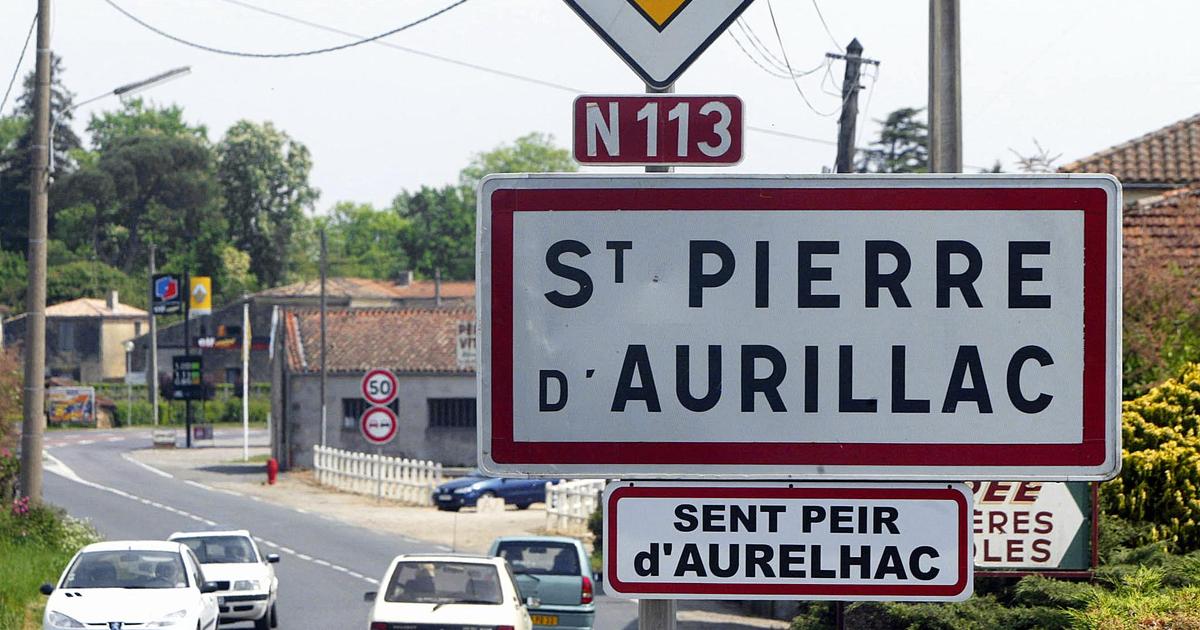This is one more change that took place on January 1, 2023. Since New Year's Day, five municipalities have changed their names in France.
Bono becomes Le Bono (Morbihan), Saint-Christophe (Allier) takes the name of Saint-Christophe-en-Bourbonnais, Montreuil (Pas-de-Calais) is now called Montreuil-sur-Mer, Cadillac (Gironde) becomes Cadillac -sur-Garonne and Cramchaban (Charente-Maritime) is now called Cram-Chaban.
The decree formalizing these name changes was published on September 12 by Prime Minister Élisabeth Borne.
But what is the point of such an approach?
"
Most often, it is to differentiate itself from homonymous municipalities or to find a name historically used
"
,
explains to
Figaro
Eric Delattre, lecturer in Management at the University of Lille and author of an article on this subject on
The Conversation
.
A historical heritage
A question of heritage, therefore, which justifies in particular the change of name from Cadillac to Cadillac-sur-Garonne.
“
We are recovering our original name, which was inscribed both on our Marianne and on our postcards
”
,
assures
Le Figaro
Jocelyn Doré, mayor of this town of nearly 3000 inhabitants.
Administratively, the name retained was Cadillac, but Cadillac-sur-Garonne “
was a household name
”
.
"For us, the question did not arise because we thought that the official name was Cadillac-sur-Garonne
"
,
completes the one that arrived in the town in 1965. According to him, the town realized this error by wanting to change the signs of the city, when the National Institute of Statistics and Economic Studies (Insee) assured him that the official name was indeed Cadillac.
Read alsoCan the soul of a city be read in the names of its streets?
A return to origins also highlighted for the now named "Le Bono".
“When the city became autonomous in 1947, two documents were published: a prefectural decree giving the name of ''Le Bono'' and a publication in the Official Journal referring only to ''Bono''.
It was only supposed to be a human error, ”
says
Le Figaro
Alain Brulé, deputy mayor of Le Bono in charge of Heritage and Maritime Affairs.
Problem, according to him, it is the document published in the Official Journal which is authentic before the law.
"
There are no tourist issues, it's purely heritage,
" he adds.
It's kind of like a family name.
We do not want it to be amputated from one of its parts”.
Avoid disambiguation
Among the other arguments highlighted by Eric Delattre: homonymy.
“
Historically, that's the main reason
,
”
he says.
In his article published on
The Conversation
, he argues in particular that there are "
nine French communes
" bearing the name of
"Saint-Pierre"
.
"The changes of differentiation [...] are generally made by adding a regional or local reference, like Saint-Christophe-en-Bourbonnais"
, adds the lecturer.
According to
La Voix du Nord
, the namesake is also one of the points that led Montreuil to become Montreuil-sur-Mer in Pas-de-Calais, the
Image issues can also come into play. “
They cannot be ignored,
” emphasizes Eric Delattre.
Montreuil-sur-Mer is perhaps more attractive touristically than Montreuil
”.
Similarly, the change of name can be explained by “
purely practical or spelling
” reasons
.
“The spelling “Cram-Chaban” makes it possible to find the old name of the commune, corresponding to the combination of the name of the village “Cram” with that of its main hamlet “Chaban”
, he writes for
The Conversation
.
Read alsoHow the city of Paris is hunting down incivility in its streets
Last point advanced by Eric Delattre: a political reason.
“
He who names has a certain political power over the thing named.
This can be important for conveying an ideology
”
,
he argues, even if according to him “
the procedure means that these situations are avoided
”
.
A long procedure
The said procedure for changing the name is not so simple.
It all starts with a necessary vote by the City Council.
The request is then "
transmitted to the prefect of the department, who verifies compliance with the rules, in particular the union trains and the accents
"
.
"
There must, for example, be a link between each word of the name of the city
"
,
certifies Eric Delattre.
Subsequently, the prefect seeks the opinion of the Departmental Archives Service and then that of the Departmental Council.
Finally, it is the General Directorate of Local Authorities (DGCL) which deliberates on the change of name.
At the end of the chain, the Prime Minister issued a decree “
applicable on January 1 of the following year
”, formalizing the change of name
.
"
All of this can take a year
"
,
specifies Eric Delattre, even if it varies according to the municipalities.
All the steps must also be based on evidence.
For example, archive documents mentioning the
"historic"
name for municipalities wishing to recover a heritage name.
Read alsoMerger of municipalities: the birth of a new political area
Since 1943, 1352 communes have officially changed their name in France, according to Eric Delattre's count.
According to him, this number “
Rises to 165
” since 2000. In 2021, they were eleven: “
The number has been generally stable each year since the 2000s
”.

